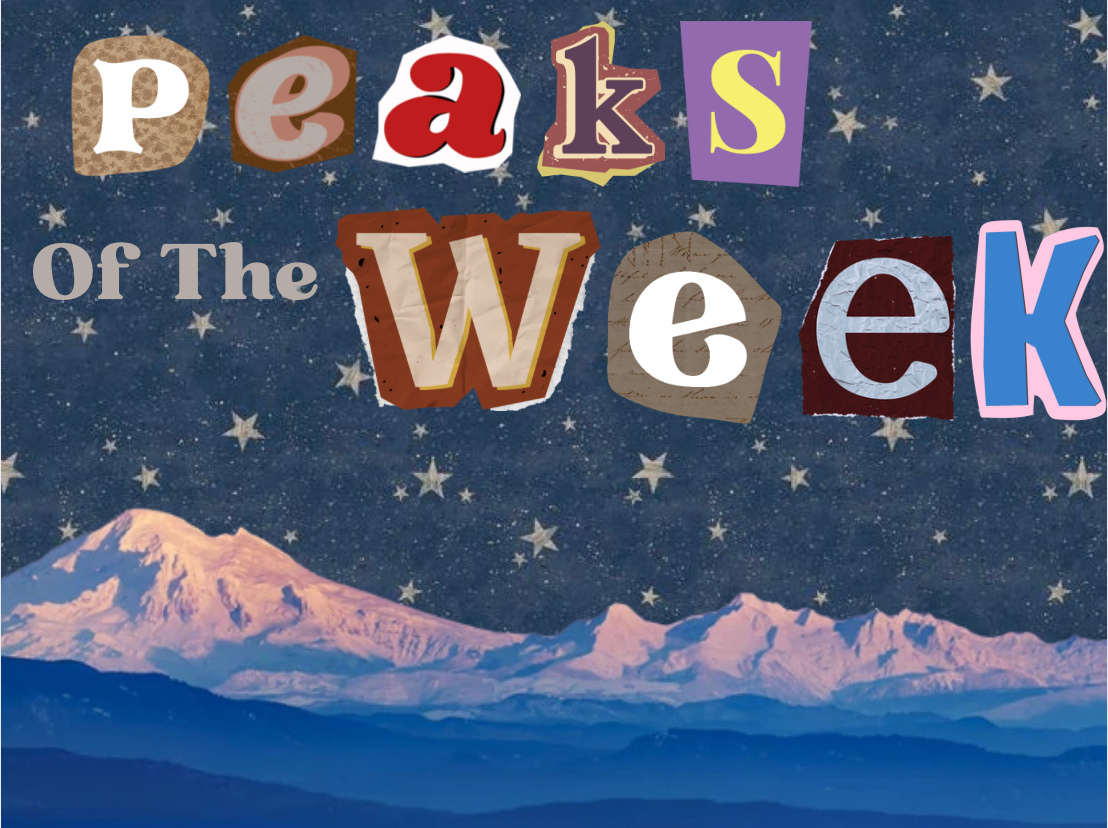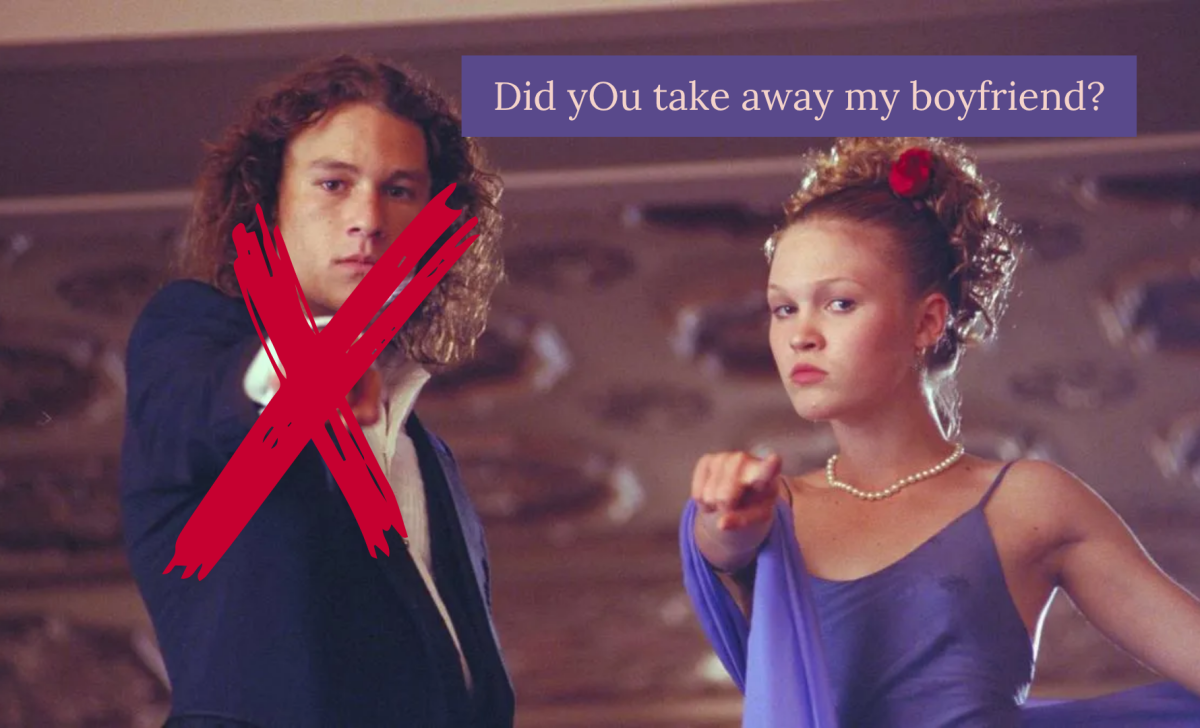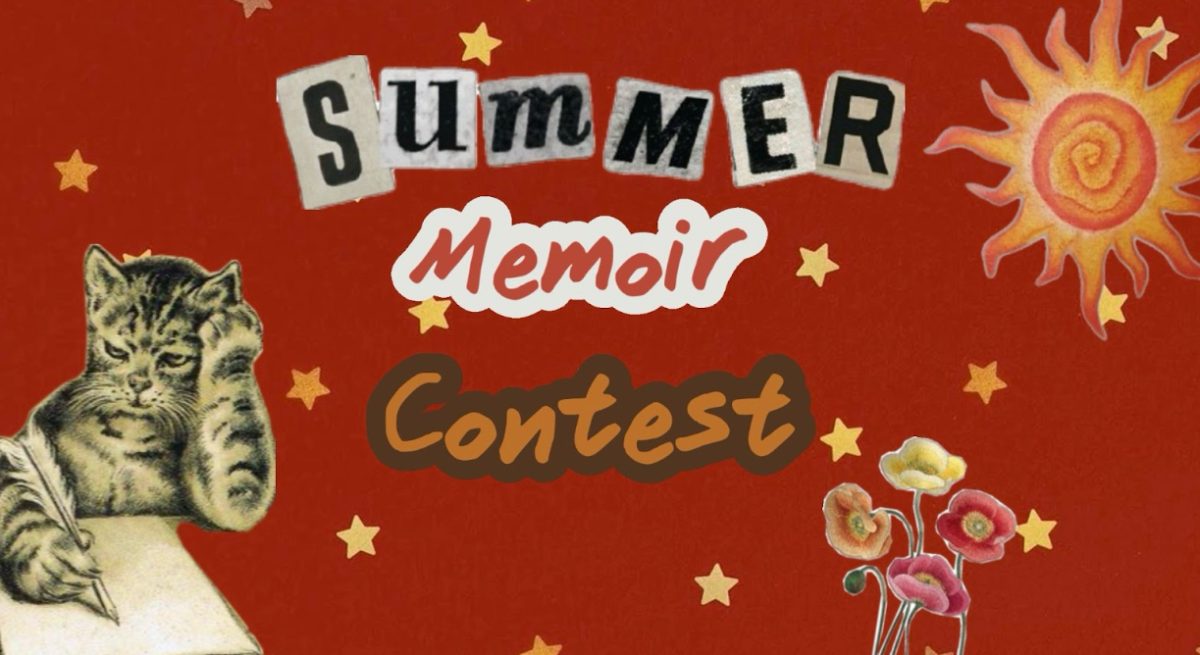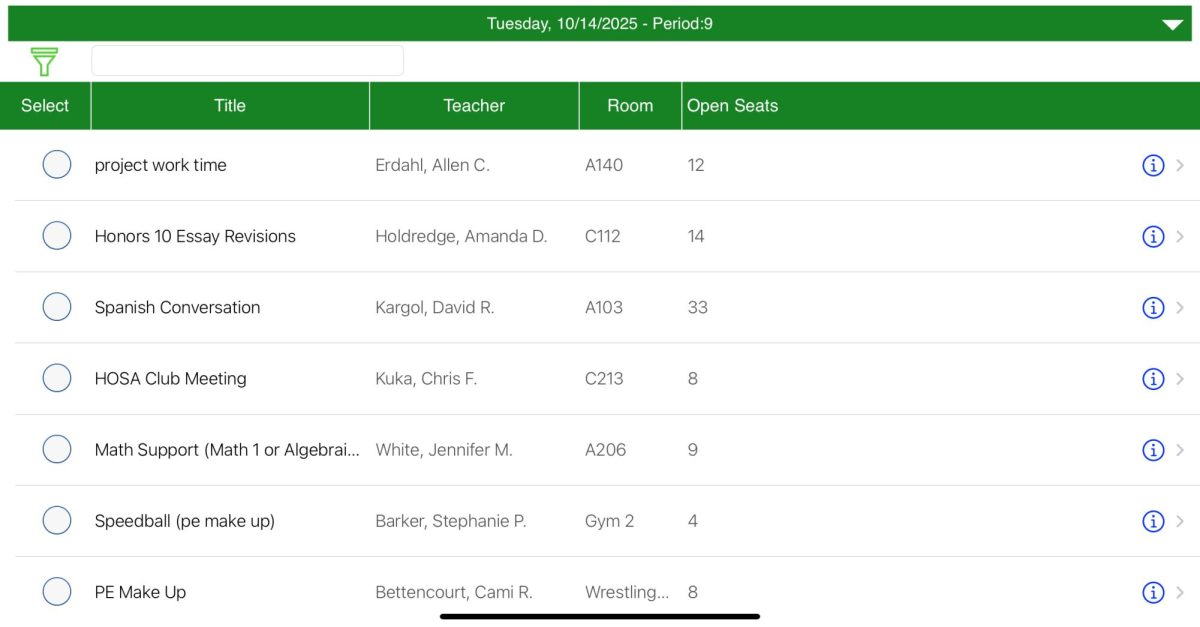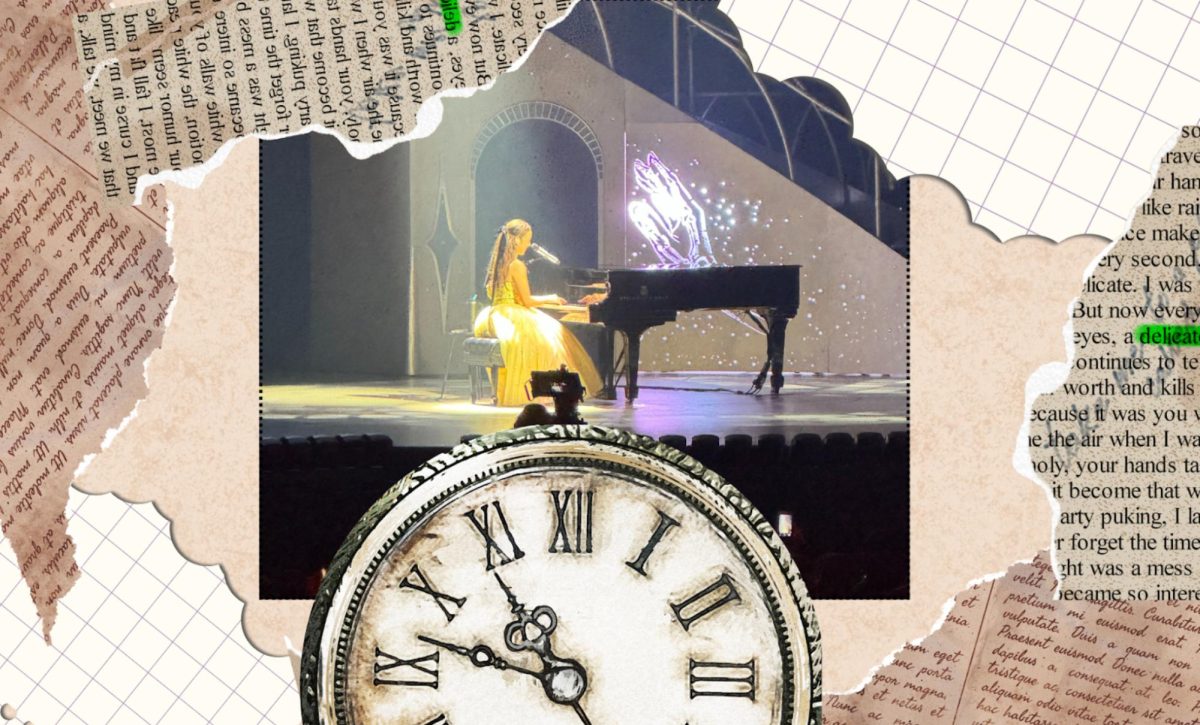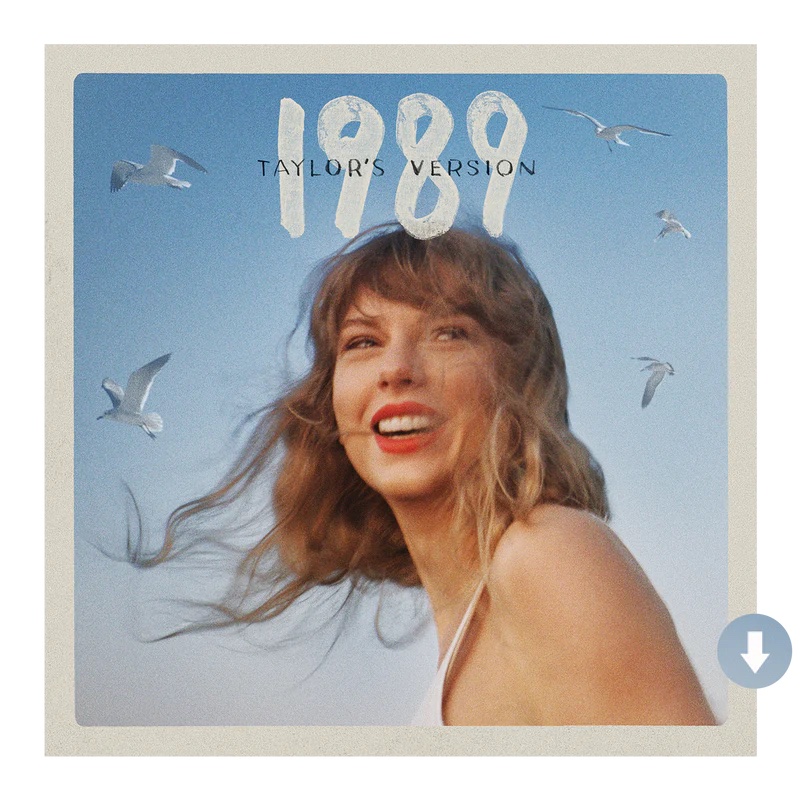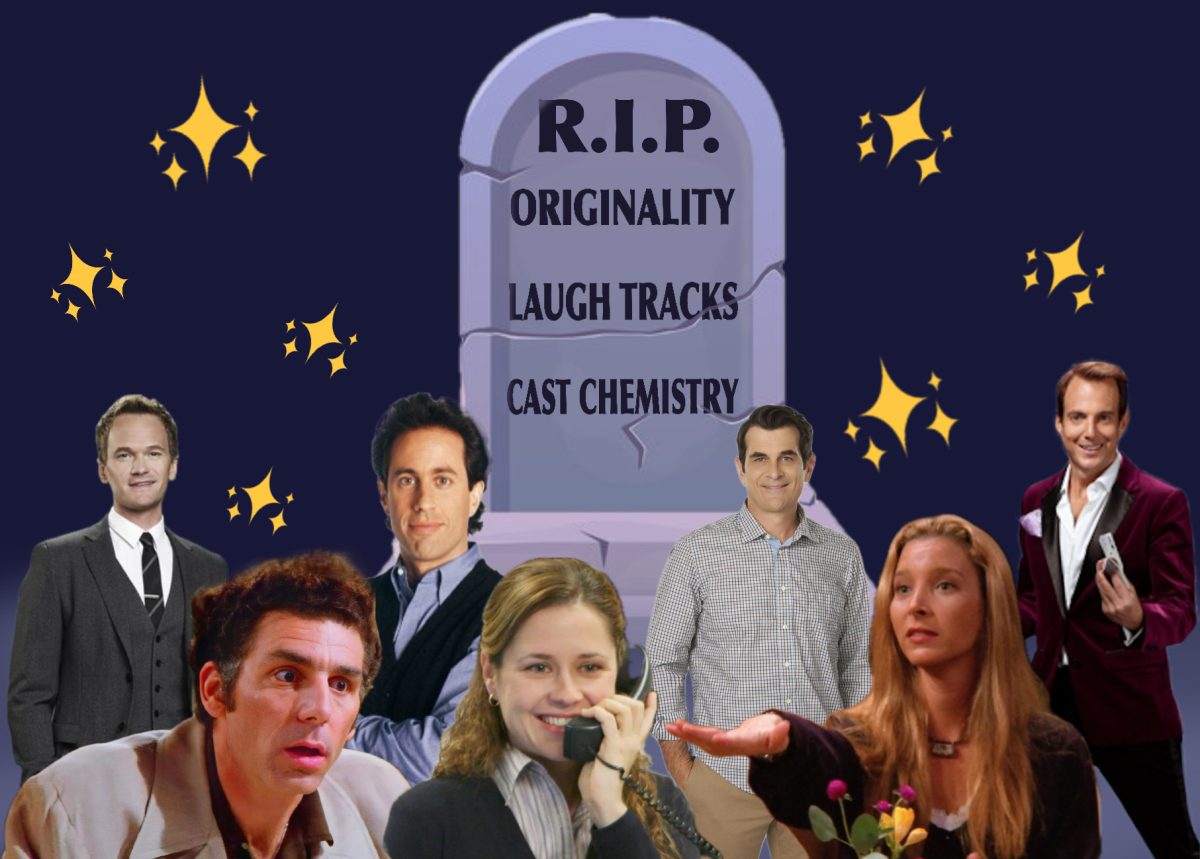Since its release on Oct. 27, Taylor Swift’s fourteenth studio album and fourth re-release has completely overtaken the charts. Swift first announced the album on Aug. 9 (the date notably being 8/9, hinting at the end of the album title) at the SoFi Stadium to mark her last show of the Eras Tour US leg.
The re-release is part of a several-year-long mission to gain ownership of her masters from her former label, Republic Records. Fans have been awaiting “1989’s” re-release since Swift first announced her plan in 2020.
Despite the fact that Swift’s fans—colloquially referred to as “Swifties”—have been familiar with these songs for years, the re-release still boosted the songs into top slots on the Billboard Hot 200 Chart. Following its original release, “1989” spent 11 weeks as the number one album. Considering that “1989 (Taylor’s Version)” has already spent the last two weeks ranked as the top album, it wouldn’t be surprising if the re-release topped that record.
So what makes Swift’s re-records so popular? Every single album that she’s re-recorded—“Fearless,” “Red,” “Speak Now” and, recently, “1989”—has also topped the Billboard 200, which is no simple feat. She’s also dominated the “Top Songs” category—largely because of her “From the Vault” tracks, which were written at the time of each album’s creation yet never released. These “golden” songs only add to the appeal of the re-records, quickly trending on platforms such as TikTok and Instagram as well as Spotify and Apple Music.
The “1989” vault consists of five tracks that were previously left behind. First on the tracklist is “Slut!,” a sultry, mellow pop song where Swift reflects on moments past where she’s faced slut-shaming and criticism from the media. Interwoven with synthesizers and treble beats, her lyrics reflect leaving behind past hesitations about her relationships and embracing her current one. Singing “Everyone wants him, that was my crime/In a world of boys, he’s a gentleman,” Swift implies that her choice to live freely was a mistake and her lover wasn’t worth it. The lyric “We’ll pay the price, I guess” reflects how she still receives backlash about her romance, despite paying less attention to it.
“Slut!” bears a lyrical resemblance to “Shake it Off,” which was released alongside the original “1989.” While the latter centers more on dealing with criticism in all areas, both detail her journey of accepting herself in spite of negativity.
Following “Slut!,” “Say Don’t Go” jolts listeners into an imperfect narrative. Likely written for performing, the song incorporates a consistent call-and-response chorus, cuing Swift’s audience to repeat “say (say), don’t (don’t) go (go)” throughout. Swift laments on being unable to fully leave a relationship through her lyric “Halfway out the door but it won’t close,” which closely mirrors “I Wish You Would” and “All You Had to Do Was Stay” (both present on “1989’s” original release).
Similar themes carry into “Now That We Don’t Talk,” which likely takes place after “Say Don’t Go” in Swift’s relationship timeline. “Now That We Don’t Talk” condemns everything that the previous two songs praised, exuding contempt. By expressing things she no longer has to put up with, Swift negates her former lover’s appreciation for acid rock and upper-class parties, among other things. It’s a clear power anthem, giving Swift the room she needs to vent about injustices that were inflicted upon her through their love.
The next track, “Suburban Legends,” takes listeners on a trip back in time—reminiscing about how she wished she and her love interest could have lasted. Swift sings about how they “Would surprise the whole school/When [she] ended up back at [their] class reunion.” Along with the lyric “You’d be more than a chapter in my old diaries,” “Suburban Legends” seems to revisit Swift’s old high school admiration, which blossomed long after they had graduated but wasn’t meant to last. The title presents more hypotheticals, implying that Swift wanted their love to become “legendary” in the town where they grew up.
“Is it Over Now?” presents a play on words; while the ballad describes Swift’s uncertainty about a tumultuous relationship, it also acts as the bookend for “1989’s” tracklist. This cunning move leaves listeners uncertain about whether or not another song will follow suit. Expressed through contrasting narratives, “Is it Over Now?” emphasizes how she found herself questioning whether or not she could emotionally move on. It’s the perfect close to the timelessly beautiful collection of music that is “1989 (Taylor’s Version).”

